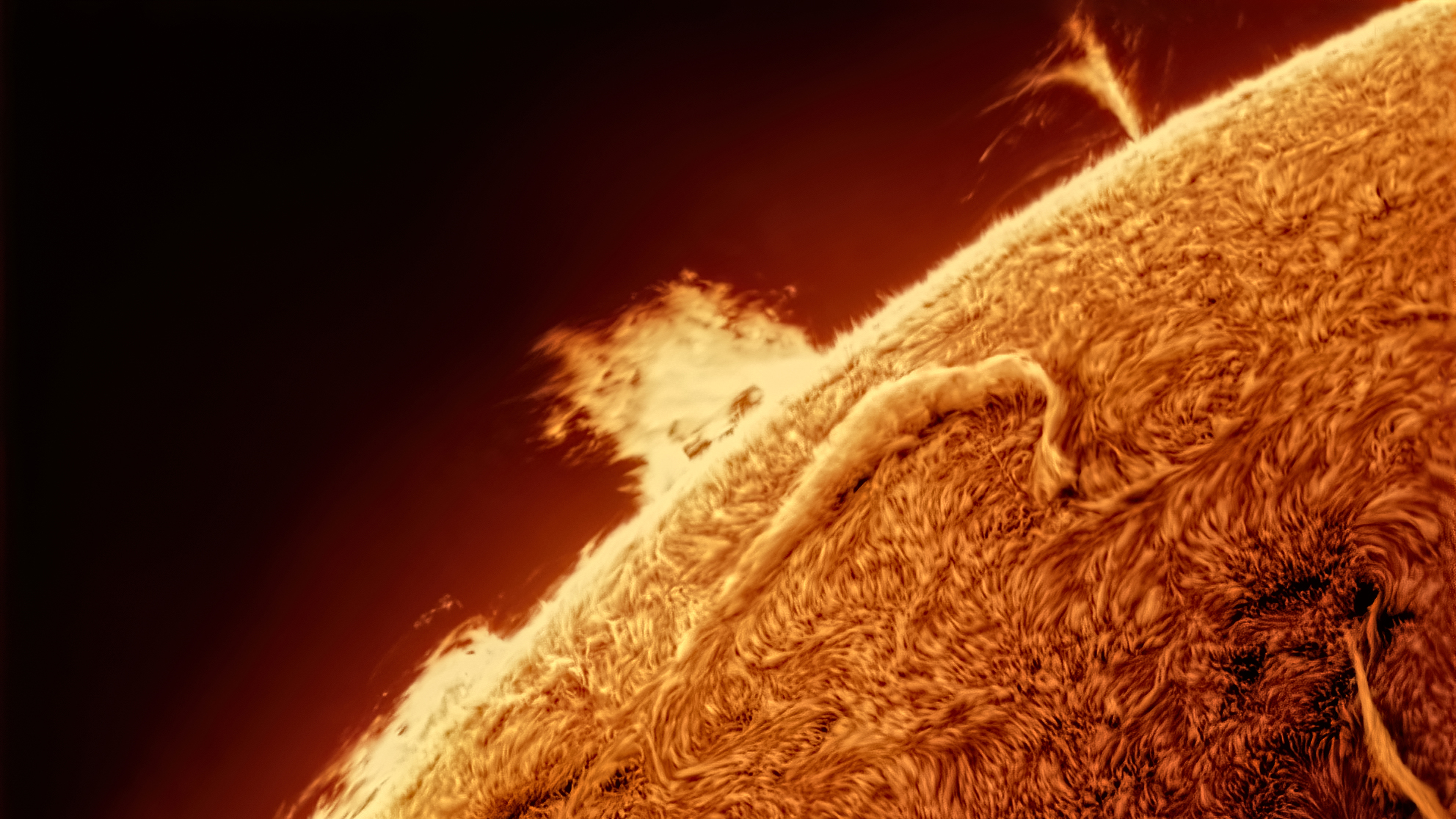
Seasoned astrophotographer Mark Johnston, who is also a NASA solar system ambassador, has managed to capture these phenomenal images of our sun from his backyard in Scottsdale, Arizona.
“I started off projecting images from a camera attached to my telescope through a PC to a TV in public outreach events during Covid, to avoid having people line up to look in the telescope,” Johnston told Digital Camera World, “Then I started saving the images and it kind of snowballed from there.”
We are currently in the midst of a solar maximum, the first since 2014, the peak of solar activity during the sun’s approximately 11-year solar cycle, which is expected to last until January 2025.
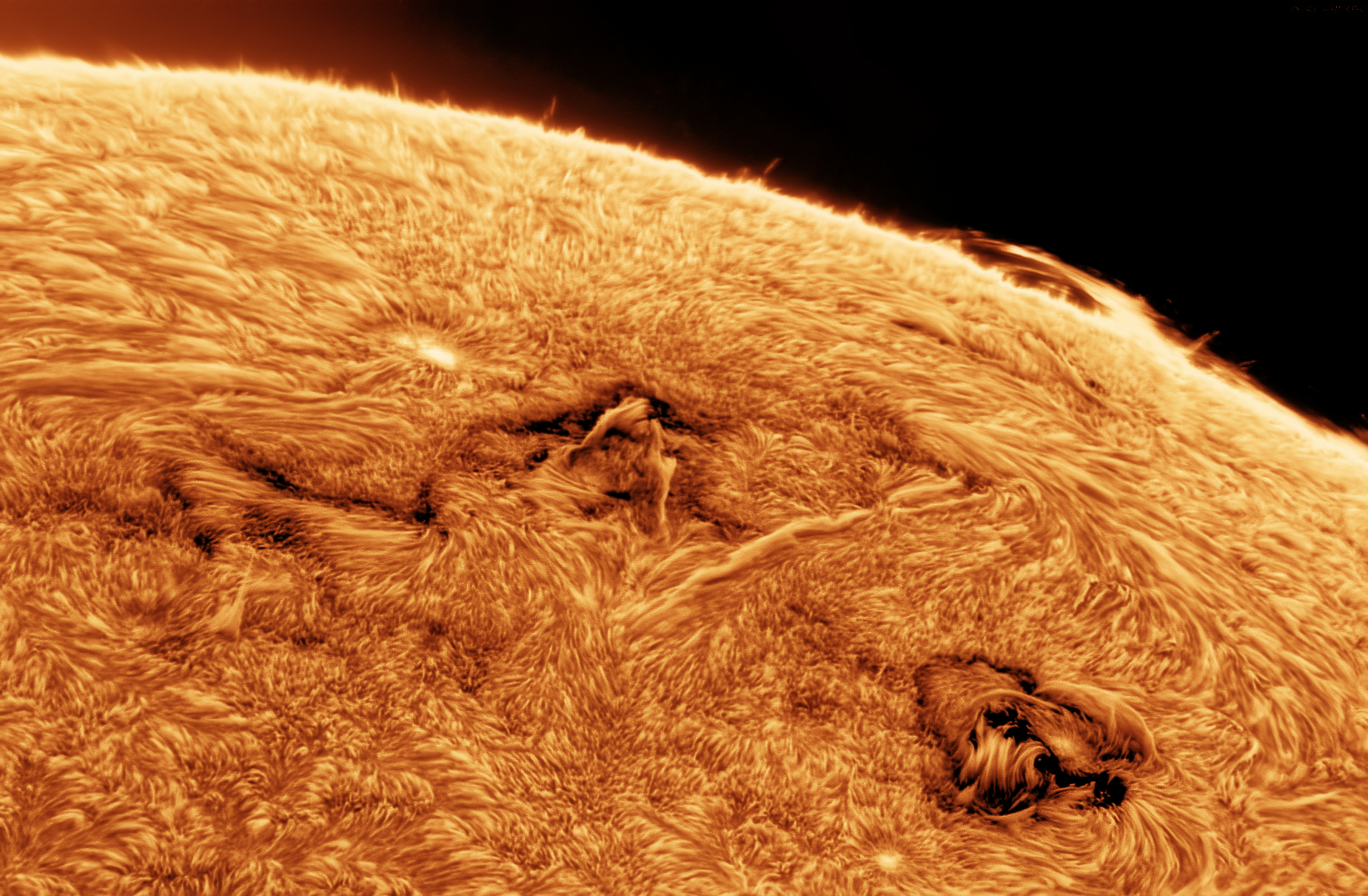
During this period the average number of solar sunspots increases on the sun’s surface, magnetic phenomena that can cause solar storms, known as solar flares and coronal mass ejections (CMEs).
This period of increased solar activity has had astrophotographers like Johnston reaching for their cameras in the hopes of seeing something spectacular.
Arizona, in particular, is a highly popular spot for astrophotographers due to its good weather and clear night skies, and the mountains provide a way of getting above the thicker portion of the atmosphere.
“I have been imaging the Sun for years,” Johnston said, “Recently, I created a large aperture custom solar telescope and have been keen to test it out! All of these images were taken in July 2024.”
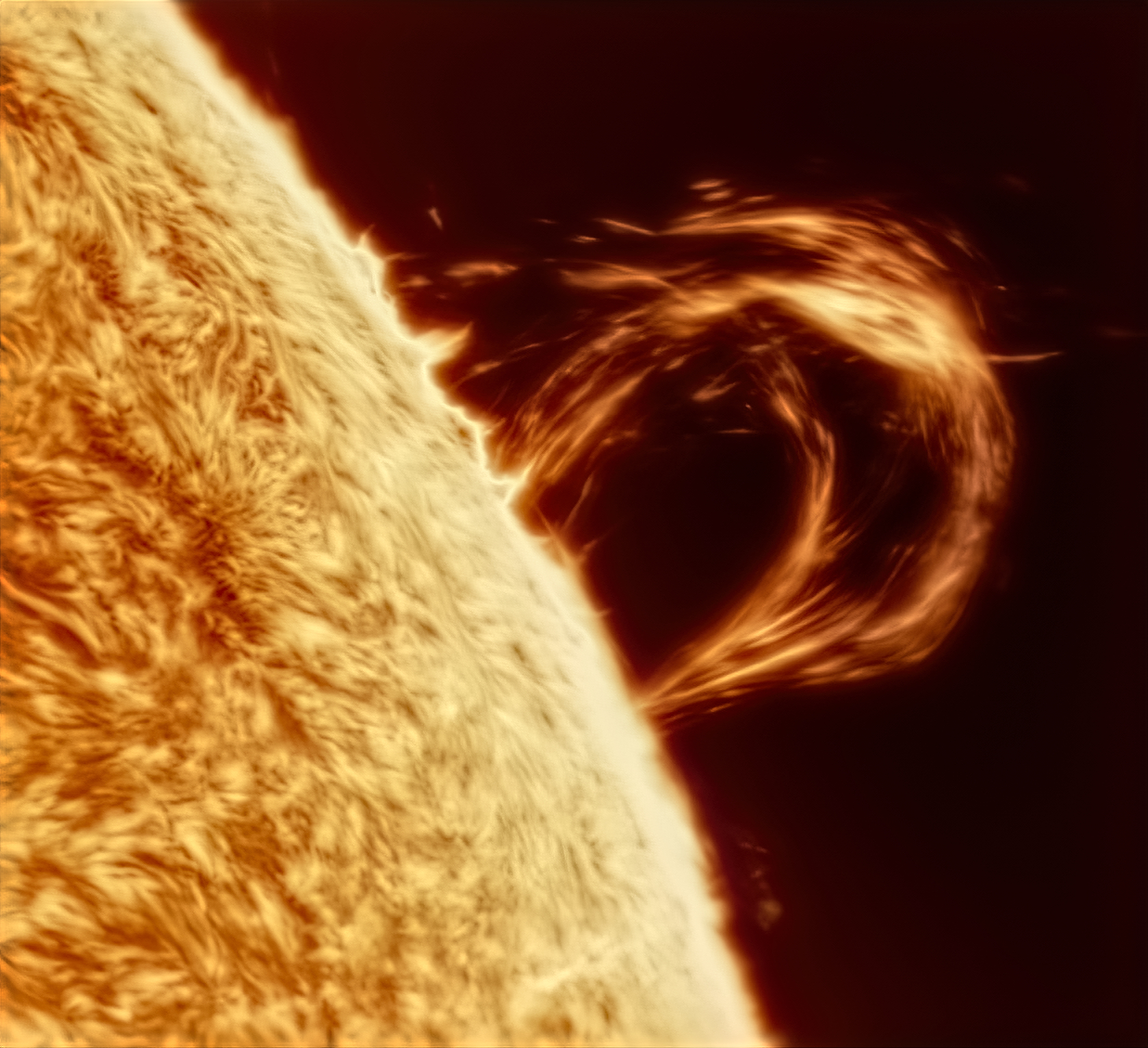
To capture the sun in such detail, Johnston uses special process and kit:
- “160mm refractor telescope with an energy reflection filter over the objective to protect it from the Sun
- "Then after the focuser, two hydrogen alpha etalons to isolate the 656.28 angstrom wavelength
- "Then a special high-speed monochrome astronomy camera
- "I focus on the sun, and tune etalons for maximum contrast
- "Capture 2000 x 10 millisecond frames [milliseconds, not fractions of a second, are used in the software]
- "Use software to extract and stack the best 200 frames
- "Then further sharpen, denoise, and adjust the photo"
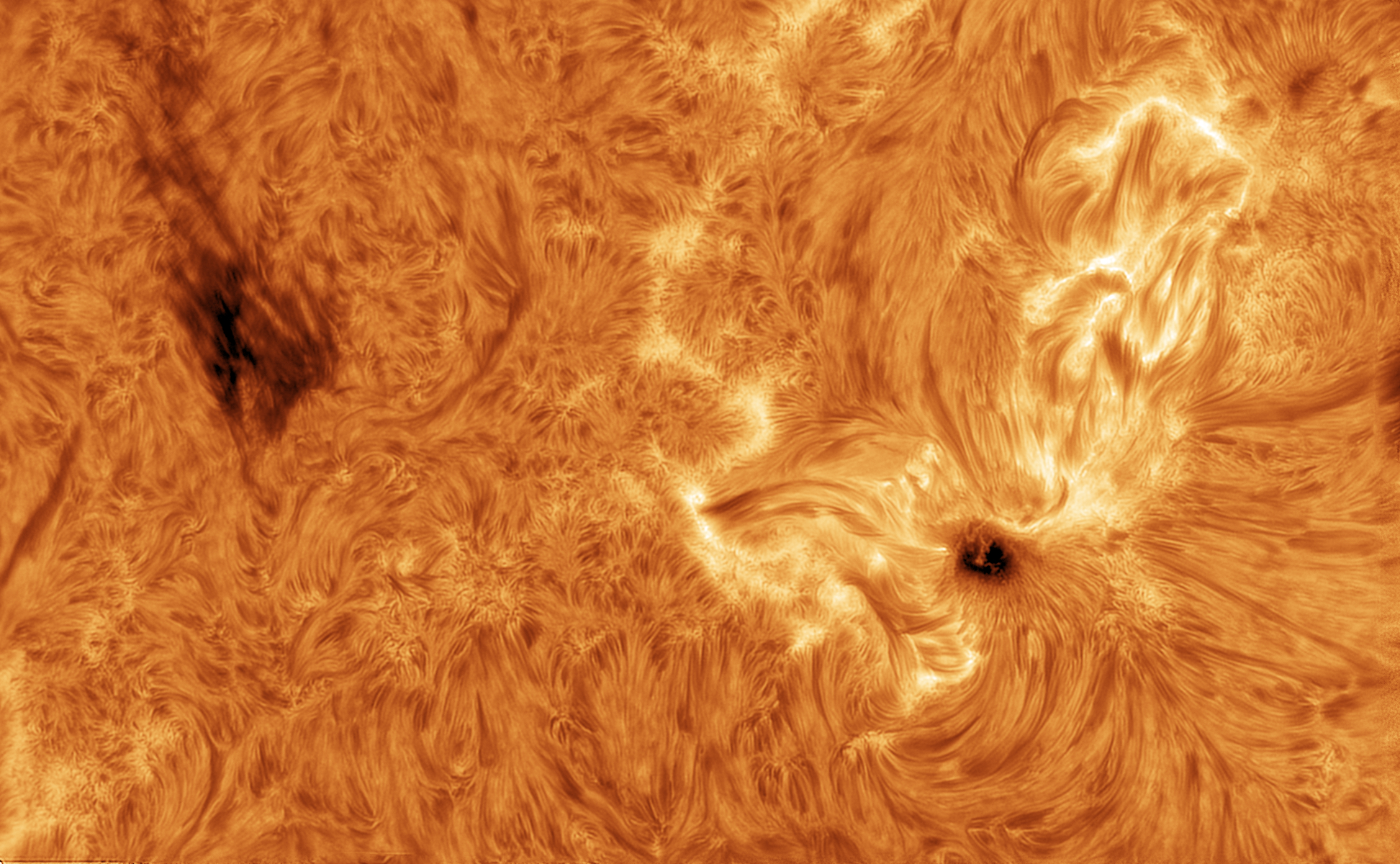
In the photographs we are looking at we can see, “high-resolution images of the Sun's chromosphere. We can see prominences and spicules on the limb, filaments and sunspots on the surface, and a lot of active plasma activity,” says Johnston.
The recent visibility of the Northern Lights can be attributed to the sun’s recent activity and the presence of sunspots. The electrical charges caused by the solar storms collide with the Earth’s atmospheric gases, most commonly oxygen and nitrogen. Oxygen atoms glow green, which is the most common color seen in the Northern Lights, while nitrogen atoms burn purple, blue and pink.
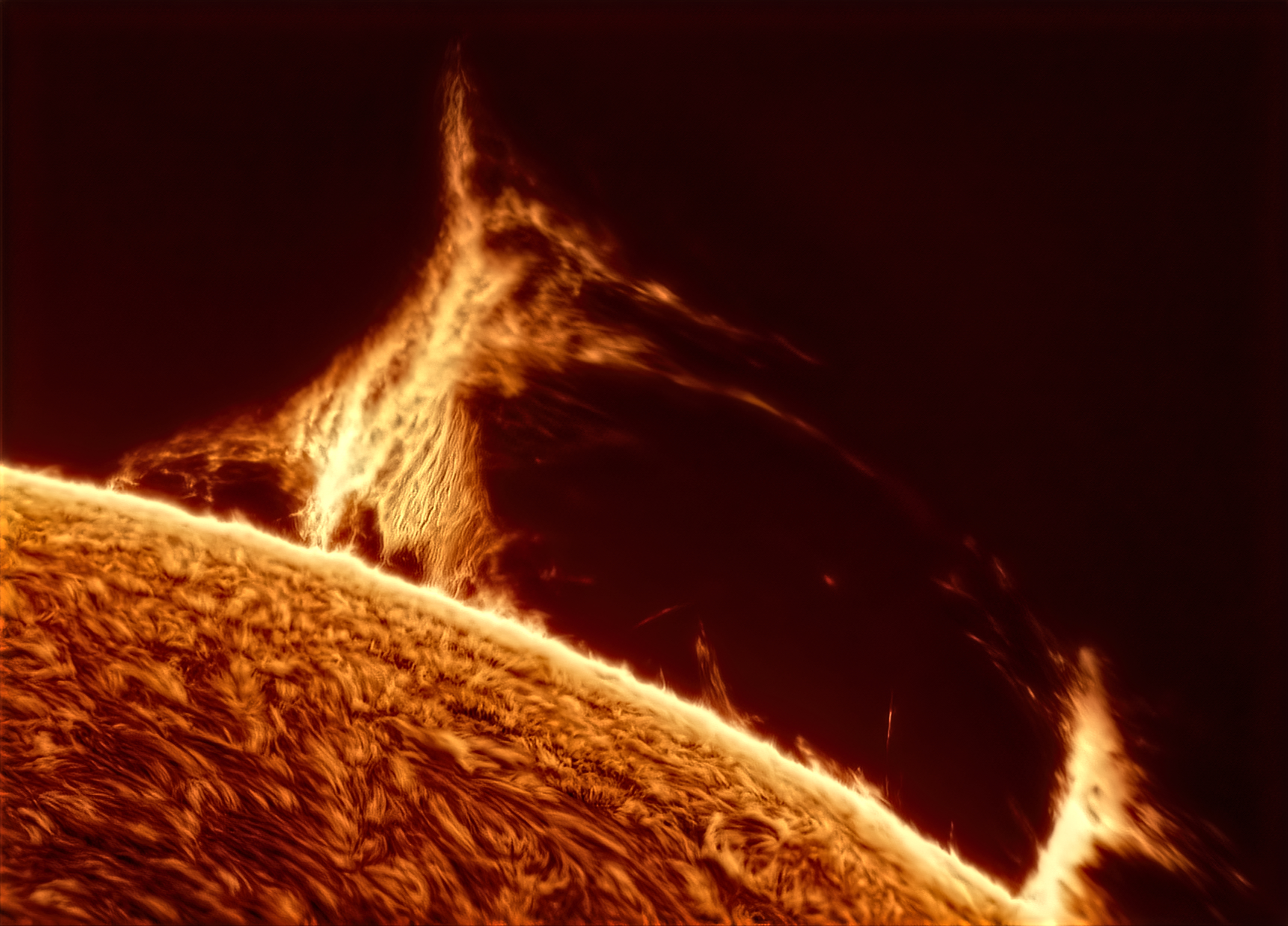
Johnston said:
“Imaging the sun is fascinating because it is the only object in astronomy that is different every time you take a picture. The moon, planets, galaxies and star clusters are, with rare exceptions like supernovae, always pretty much the same. But the sun can spit out a sudden prominence in 30 minutes.”
If you’ve been inspired to get out there and capture your own images during this rare period of the sun’s orbital cycle, Johnston recommends getting comfortable with using your astronomy gear visually.
“Reach out to imagers whose work you like and ask them for advice.”
He also has a wealth of information on how to capture similarly amazing images on his YouTube channel, @azastroguy.
Take a look at our guide to the best cameras for astrophotography, the best lenses for astrophotography, and the best star tracker camera mounts for astrophotography.







